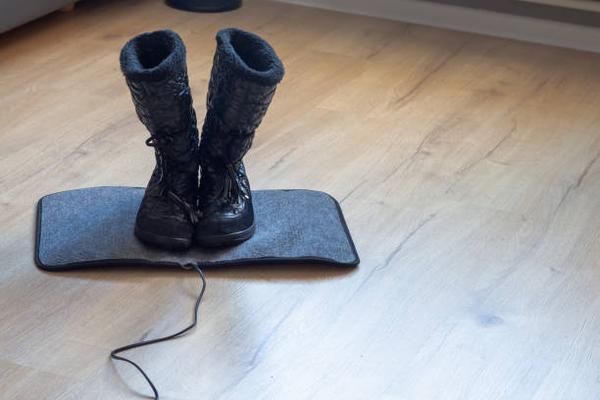Understanding Insulation Drying Time: Tips for Faster Results
Insulation drying time is an important factor to consider when undertaking any construction or renovation project. Properly dried insulation ensures that your home or building remains energy-efficient and free from mold and mildew growth.
The drying time of insulation can vary depending on the type of material used, the thickness of the insulation, and the humidity levels in the environment. In general, most types of insulation will take anywhere from 24 to 48 hours to dry completely. However, there are several tips and tricks you can use to speed up this process and achieve faster results.
One key tip for speeding up insulation drying time is to ensure proper ventilation in A Homeowner’s Guide to Choosing the Right Insulation is installed. Good air circulation helps to remove excess moisture from the insulation material, allowing it to dry more quickly. Opening windows or using fans can help improve airflow and reduce drying time significantly.
Another important factor in reducing insulation drying time is controlling humidity levels in the environment. High humidity can slow down the drying process, so it’s essential to keep humidity levels low while waiting for your insulation to dry. Using a dehumidifier or air conditioner can help remove excess moisture from the air and speed up drying times.
Additionally, choosing a fast-drying insulation material can also help reduce overall drying time. Some types of spray foam insulation, for example, have a quick curing time and can be ready for use within hours of installation. If you’re looking for faster results, consider using these types of materials instead of traditional fiberglass or cellulose insulations.
Properly sealing off the area where your insulation is installed can also help speed up drying times. By creating a barrier between your insulated space and outside elements, you prevent additional moisture from entering and slowing down the drying process. Use plastic sheeting or vapor barriers to seal off walls or ceilings where new insulation has been installed.
Finally, regularly monitoring your insulation’s progress during the drying process is crucial for achieving faster results. Check on your insulation regularly to ensure that it’s drying evenly and without any signs of mold or mildew growth. If you notice any issues during this process, take immediate action to address them before they become more serious problems.
In conclusion, understanding how long it takes for your insulation to dry is essential for maintaining a healthy indoor environment and maximizing energy efficiency in your home or building. By following these tips for faster results, you can ensure that your newly installed insulation dries quickly and effectively without compromising its performance in the long run.

